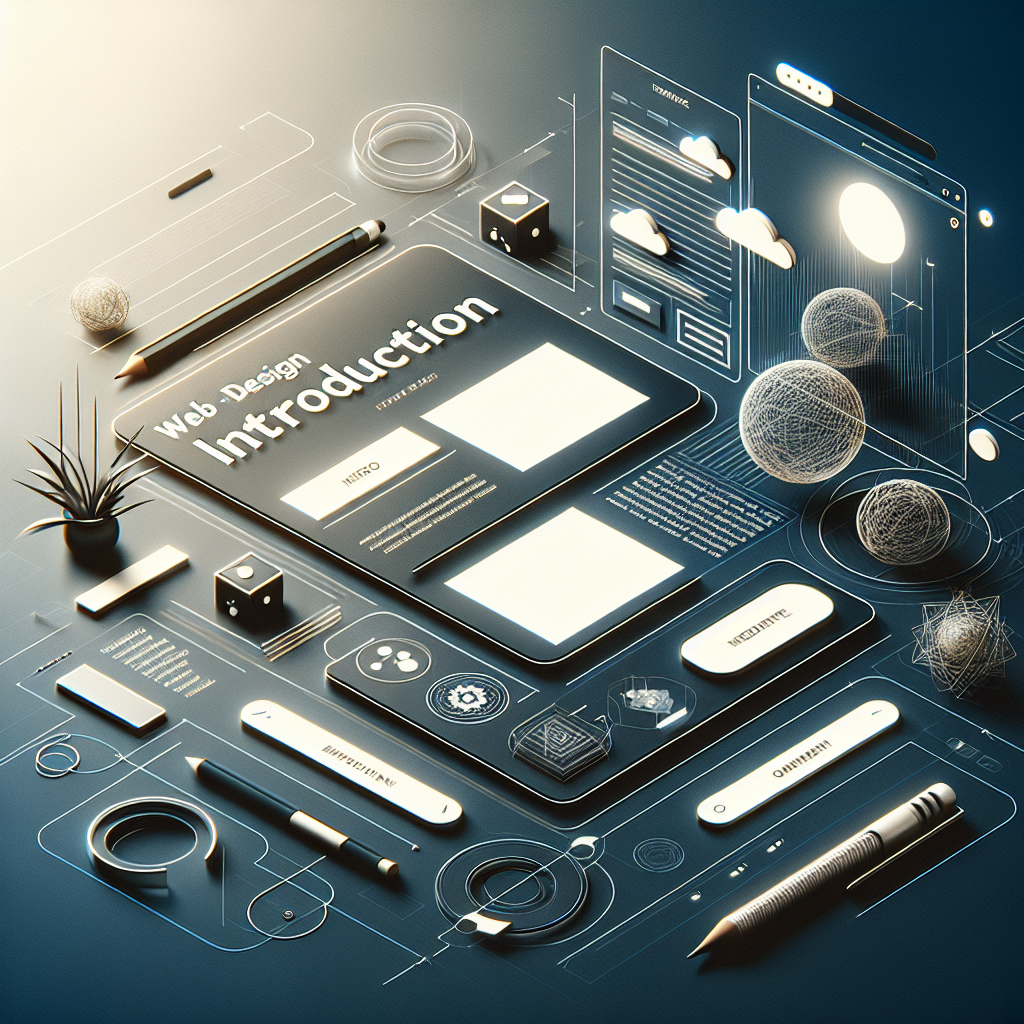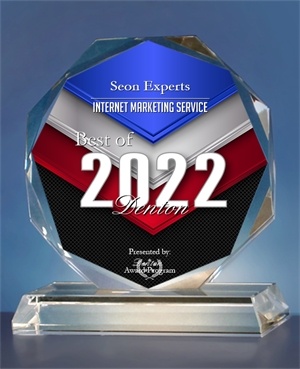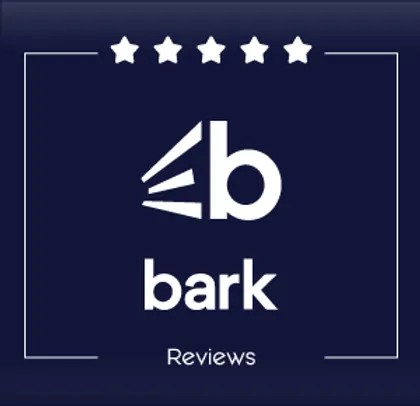In today’s digital age, having a dynamic and engaging online presence is crucial for businesses of all sizes. An innovative web design can set your brand apart from the competition, attract more visitors, and convert them into loyal customers. But what exactly does innovative web design entail?
It goes beyond just aesthetics. While a visually appealing website is important, innovative web design encompasses usability, functionality, and user experience. It seamlessly integrates elements such as responsive design, which ensures your website looks and functions perfectly on any device, and intuitive navigation, which helps users find the information they need quickly and effortlessly.
Moreover, innovative web design leverages the latest technologies and trends to create a unique and memorable user experience. This includes incorporating interactive elements, such as animations and micro-interactions, which engage users and keep them on your site longer. It also involves optimizing your website for search engines, ensuring that your business appears in relevant search results and attracts organic traffic.
At SEON Experts, we specialize in crafting innovative web designs that not only look stunning but also drive real results. Our team of experts is dedicated to understanding your business goals and creating a website that aligns with your brand vision. Call us today at (817) 213-6090 to start transforming your online presence.
Key Elements of Innovative Web Design

To achieve a successful innovative web design, certain key elements must be meticulously incorporated. These elements ensure that the website is not only visually appealing but also functional and user-friendly.
1. Responsive Design: In an era where users access websites from various devices, responsive design is non-negotiable. It ensures your site adapts seamlessly to different screen sizes and resolutions, providing a consistent user experience across desktops, tablets, and smartphones.
2. User-Centric Navigation: Intuitive navigation is crucial for retaining visitors. A well-structured menu and clear navigation paths help users find what they need quickly, enhancing their overall experience and reducing bounce rates.
3. Fast Loading Speeds: Speed matters. A slow-loading website can frustrate users and lead to higher abandonment rates. Optimizing images, leveraging browser caching, and minimizing HTTP requests are just a few ways to enhance loading speeds.
4. Aesthetic Appeal: While functionality is key, aesthetics cannot be overlooked. A visually pleasing design with a harmonious color scheme, engaging typography, and high-quality images can significantly impact the user’s perception of your brand.
5. Interactive Elements: Adding interactive components like animations, hover effects, and transitions can engage users and make the browsing experience more enjoyable. However, these should be used judiciously to avoid overwhelming users.
6. SEO Optimization: An innovative web design should be SEO-friendly to ensure visibility in search engine results. This includes optimizing meta tags, using clean URLs, and ensuring the website is mobile-friendly.
By integrating these key elements, you can create a website that not only captivates visitors but also drives engagement and conversions. Each element plays a vital role in crafting a comprehensive user experience that aligns with modern digital expectations.
Importance of User Experience

The importance of user experience (UX) in web design cannot be overstated. A well-designed UX is essential for ensuring that visitors not only stay on your site but also engage with your content and convert into customers. Let’s delve into why UX is crucial for your online presence.
1. Enhances User Satisfaction: A positive user experience makes visitors feel valued and understood. When users find your website intuitive and easy to navigate, their satisfaction levels increase, making them more likely to return.
2. Boosts Engagement: Engaging users is critical for reducing bounce rates and increasing dwell time. Interactive elements, clear calls to action, and visually appealing layouts can keep users engaged and encourage them to explore more pages on your site.
3. Increases Conversion Rates: Good UX design can significantly impact your conversion rates. Simplifying the checkout process, making forms easy to fill out, and providing clear and concise information can help turn visitors into customers.
4. Builds Brand Loyalty: A seamless and enjoyable user experience fosters trust and loyalty. When users have a positive experience on your site, they are more likely to become repeat customers and advocates for your brand.
5. Improves SEO Rankings: Search engines like Google consider user experience as a ranking factor. Websites that offer a great UX tend to have lower bounce rates, higher engagement, and better overall user metrics, which can positively affect their search rankings.
6. Facilitates Accessibility: An inclusive UX design ensures that your website is accessible to all users, including those with disabilities. This not only broadens your audience but also demonstrates your commitment to inclusivity and social responsibility.
Incorporating a strong focus on UX in your web design strategy is essential for creating a website that not only attracts visitors but also converts them into loyal customers. Prioritizing user experience can lead to higher satisfaction, better engagement, and improved business outcomes.
Responsive and Adaptive Design

In the era of smartphones and tablets, ensuring your website looks impeccable across all devices is paramount. This is where responsive and adaptive design come into play. Both approaches aim to optimize user experience, but they do so in distinct ways.
Responsive Design: Responsive web design uses flexible grids, layouts, and images to adjust the site’s appearance dynamically based on the screen size and orientation of the user’s device. This means that whether someone is viewing your website on a desktop, tablet, or smartphone, the content will seamlessly resize and reflow to provide an optimal viewing experience. The benefits of responsive design include:
- Consistency: Users get a consistent experience across all devices, which helps in maintaining brand integrity.
- SEO Benefits: Google favors mobile-friendly sites, and responsive design ensures you meet this criterion, improving your search engine rankings.
- Cost-Effectiveness: Instead of maintaining separate websites for different devices, you manage a single site, reducing development and maintenance costs.
Adaptive Design: On the other hand, adaptive design involves creating multiple versions of a website tailored for specific devices or screen sizes. The server detects the device type and loads the appropriate version of the site. While this approach can be more labor-intensive, it offers several advantages:
- Performance: Since adaptive design can deliver optimized content for each device, it often results in faster load times and better performance.
- Customization: This approach allows for more tailored experiences, as you can design unique layouts and functionalities for different devices.
- Control: Designers have more control over the design and user experience on each specific device, allowing for fine-tuned optimizations.
Both responsive and adaptive design have their merits and can significantly enhance your website’s usability and appeal. Choosing the right approach depends on your specific needs, target audience, and resources. Integrating either method into your web design strategy ensures that your site is accessible, user-friendly, and visually appealing, regardless of the device your visitors use.
Emerging Trends in Web Design

The digital landscape is ever-evolving, and staying ahead of the curve means keeping up with the latest trends in web design. Here are some emerging trends in web design that are shaping the future of online experiences.
Dark Mode: Dark mode has surged in popularity due to its aesthetic appeal and practical benefits. It reduces eye strain in low-light environments and can enhance battery life on OLED screens. Many major platforms, including Facebook and Twitter, have already adopted dark mode, making it a must-consider feature for modern web design.
Micro-Interactions: These small, subtle animations or feedback mechanisms improve user engagement by providing immediate responses to user actions. Examples include a button changing color when hovered over or a notification bell shaking when there’s a new message. Micro-interactions make the user experience more intuitive and enjoyable.
3D Elements and Illustrations: With advancements in web technologies, incorporating 3D elements and illustrations into websites is becoming more feasible. These elements add depth and realism to the design, creating a more immersive experience. They can be particularly effective in e-commerce, where 3D product views can enhance the shopping experience.
Voice User Interface (VUI): As voice search and smart speakers gain traction, integrating voice user interfaces into websites is an emerging trend. VUI allows users to interact with a website using voice commands, making navigation more accessible and convenient, particularly for users with disabilities.
Minimalism and White Space: Less is more in modern web design. A minimalist approach focuses on simplicity, using ample white space to draw attention to essential elements. This trend not only enhances readability and user focus but also improves load times, contributing to better overall performance.
Neumorphism: This design trend combines skeuomorphism and flat design to create a soft, extruded plastic look. Neumorphism gives UI elements a tactile, almost 3D appearance, making interfaces feel more interactive and engaging without overwhelming the user with excessive details.
Keeping up with these emerging trends can significantly enhance your website’s appeal and functionality. By embracing innovative web design practices, you can ensure your site remains relevant, engaging, and competitive in the ever-changing digital landscape.
Maximizing ROI with Innovative Design
Investing in innovative web design is not just about aesthetics; it’s a strategic move to maximize your Return on Investment (ROI). A well-designed website can significantly impact your business’s bottom line by enhancing user engagement, driving conversions, and fostering customer loyalty.
Enhanced User Experience (UX): A user-friendly website that is easy to navigate and visually appealing can reduce bounce rates and increase the time visitors spend on your site. Features like intuitive navigation, fast load times, and responsive design contribute to a seamless user experience, encouraging users to explore more and take desired actions.
Higher Conversion Rates: Innovative design elements, such as clear call-to-action buttons, engaging visuals, and compelling content, can lead to higher conversion rates. Techniques like A/B testing can help you identify which design elements are most effective, allowing you to optimize your site for maximum conversions.
Improved SEO Performance: Search engines favor websites that offer a great user experience. Elements like mobile-friendliness, fast load times, and high-quality content can improve your site’s search engine rankings. A higher ranking means more organic traffic, which can lead to more leads and sales.
Brand Credibility and Trust: A professionally designed website establishes your brand’s credibility and builds trust with your audience. Consistent branding, high-quality visuals, and engaging content can make your business appear more reliable and trustworthy, which is crucial for converting visitors into customers.
Cost Efficiency: While the initial investment in innovative web design may seem high, it can save you money in the long run. A well-designed website requires less frequent updates and maintenance, reducing ongoing costs. Additionally, a high-performing website can lower your customer acquisition costs by increasing organic traffic and conversions.
By leveraging innovative web design, you can create a powerful online presence that not only attracts but also retains customers, ultimately driving your business growth. Call us today at (817) 213-6090 to discover how SEON Experts can help you maximize your ROI with cutting-edge web design and digital marketing strategies.






